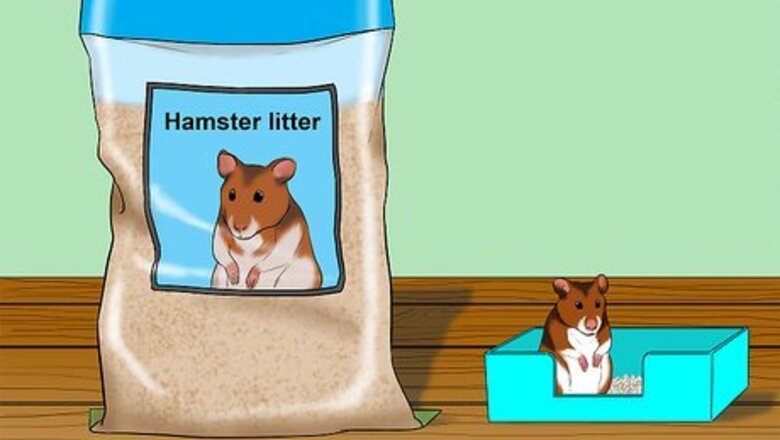
views
Picking a Litter Substrate
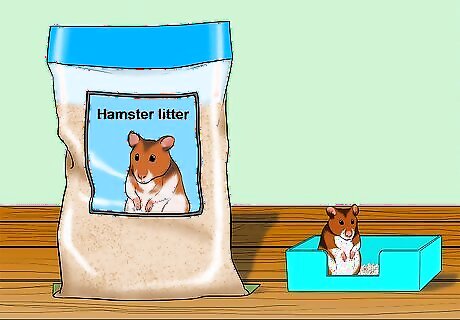
Opt for a purpose-made hamster litter if you want an absorbent option. Commercially-made hamster litter is the most effective option; however, it is an extra expense. This litter will be more absorbant than home-made litter, will last longer, and will smell more pleasant. Purchase hamster litter from a pet store. If you have difficulty finding hamster litter, look for rodent litter instead.
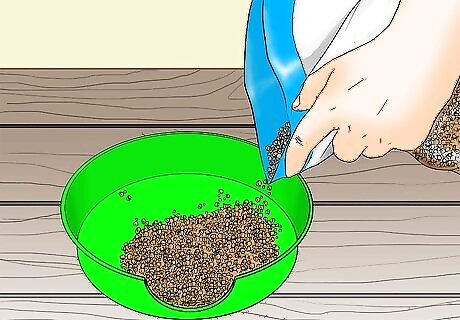
Use sterilised sand as a cheap option. Sand is easy to buy in bulk and works out as an economical option. Both play sand and chinchilla sand are good litter box substrates; however, you will need to bake play sand for 2 hours in the oven at 180 °C (356 °F) to sterilise it and dry it. Sand doesn’t absorb smells well, so ensure to change the litter every few days to keep the cage smelling nice. Sand has the added benefit of helping to keep hamsters nails short as it grinds them down over time.
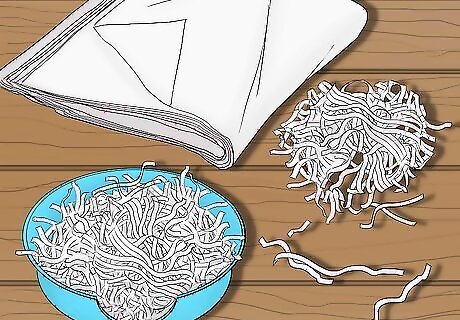
Opt for shredded paper if you want a fresh smelling litter. Shredded paper is really absorbent which helps to prevent bad odours. Shred your own paper at home with a paper shredder or purchase shredded paper from a pet store. Hamsters don’t tend to play with shredded paper, which is ideal, as it means that it doesn’t get spread around their cage.
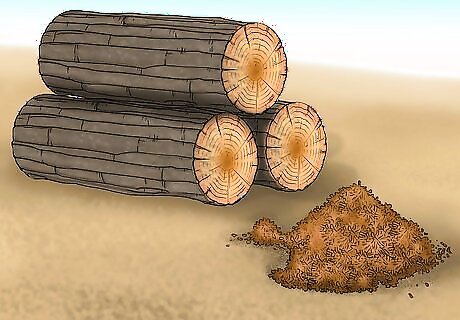
Avoid wood shavings, as these can be poisonous to your hamster. Wood shavings and sawdust contain small dust particles which can irritate hamsters lungs. Many types of wood, such as pine and cedar, also contain oils which can be harmful to hamsters. Hamsters are quite sensitive animals and require specific litter substrate.
Choosing and Placing the Litter Box
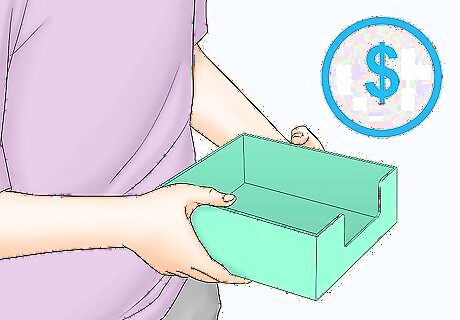
Buy a litter box or reuse a container that is slightly larger than your hamster. Almost any container that is approximately 2 inches (5.1 cm) high and large enough for the hamster to sit in will work. If you have a plastic or cardboard container that is a little too tall, simply cut it down to size with a pair of scissors. Plastic, cardboard, glass, and ceramic containers are all good options. If you’d rather not make your own, purchase a litter box container from a pet store. If possible, choose a container with a lip or a handle to make it easy to remove. If you use a cardboard container as a litter box, you will need to replace it about once a week, as urine will soak into the cardboard over time. A tissue box, the bottom of a milk jug, cracker box, or shallow ice cream container are all good litter box options.
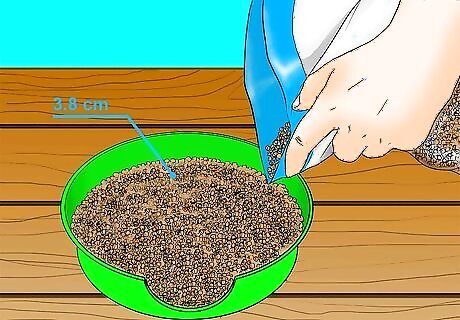
Fill the litter box with about 1.5 inches (3.8 cm) of substrate. This gives room for the hamster to nestle into the substrate and helps it to last longer. If you are using a loose substrate, such as shredded paper, pack it down into the container. If you are using sand as a substrate, sprinkle it loosely into the litter box. This makes it easier to remove when you want to clean out the litter box.
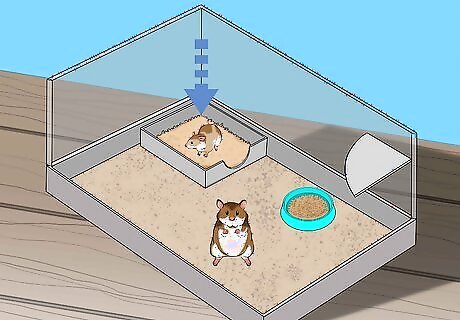
Place the litter box into the existing substrate in the corner of the cage. This makes it easier for your hamster to access the litter box and encourages them to use it. Aim to have the lip of the container just above the existing substrate so that you can easily remove it. Hamsters tend to naturally go to the bathroom in the corner of their cage, so place the litter box in the corner for best results.
Keeping the Box Clean and Encouraging the Hamster to Use It
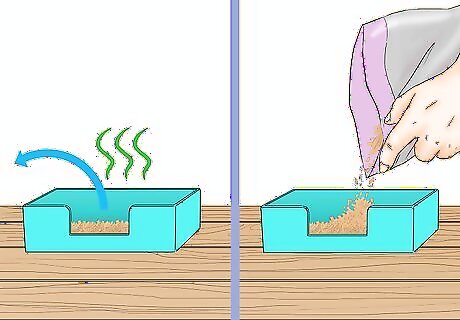
Change the litter every week. This keeps the litter box hygienic and ensures that it smells nice. Throw the old litter in the trash or compost, and then refill it with fresh litter. If the litter container is soiled when you take out the litter, take the opportunity to clean it with a cloth and soapy water. If the litter is smelling bad after only a few days, experiment with different types of litter.
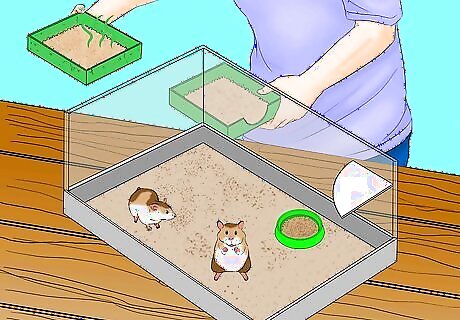
Replace the container when it starts to smell unpleasant or if it breaks. Some containers last longer than others. Sturdy plastic, glass, and ceramic need to be replaced very infrequently, if at all. However, cardboard containers will quickly break down once they get wet. If the container starts to lose its shape or the smell can’t be removed, this indicates that it is time to replace it. Replace cardboard containers about once a week.
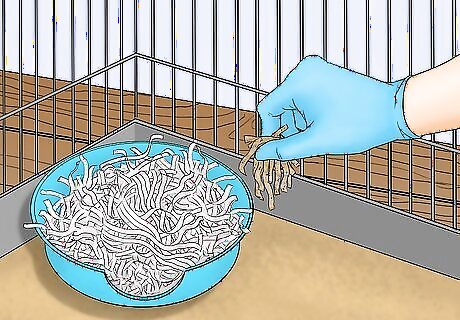
Place soiled substrate into the box to encourage your hamster to use it. Placing the litter box into a corner in the hamster cage will encourage your hamster to use it. However, if your hamster isn’t using the box, simply place a handful dirty substrate from the cage into the litter box. The smell of the substrate will encourage the hamster to use the box in the future. Wear gloves when handling soiled substrate to keep your hands clean.















Comments
0 comment